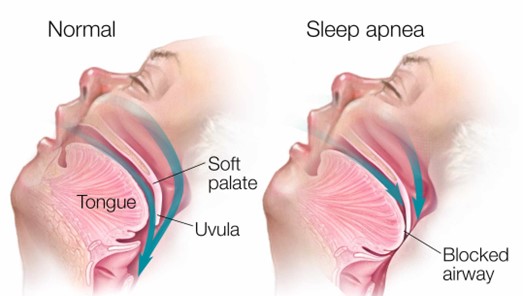After receiving report, the nurse can most safely plan to assess which client last?
An adult client with a tracheal tube draining clear, pale red liquid drainage
An older client with dark red drainage on a postoperative dressing, but no drainage in the Hemovac.
An adult client with no postoperative drainage in the Jackson-Pratt drain with the bulb compressed.
An older client with a distended abdomen and no drainage from the nasogastric tube.
The Correct Answer is C
Choice A: An adult client with a tracheal tube draining clear, pale red liquid drainage. This client should not be assessed last, as they may have a potential airway obstruction or infection. The tracheal tube drainage should be monitored for color, amount, and consistency, and suctioned as needed.
Choice B: An older client with dark red drainage on a postoperative dressing, but no drainage in the Hemovac. This client should not be assessed last, as they may have a potential hemorrhage or wound dehiscence. The postoperative dressing and Hemovac should be monitored for color, amount, and odor, and changed as needed.
Choice C: An adult client with no postoperative drainage in the Jackson-Pratt drain with the bulb compressed. This client can be assessed last, as they have no signs of complications or problems. The Jackson-Pratt drain is a closed suction device that collects fluid from a surgical site. The bulb should be compressed to create negative pressure and facilitate drainage.
Choice D: An older client with a distended abdomen and no drainage from the nasogastric tube. This client should not be assessed last, as they may have a potential bowel obstruction or perforation. The nasogastric tube is inserted through the nose into the stomach to decompress gas and fluid. The abdomen should be monitored for size, shape, and bowel sounds, and the nasogastric tube should be checked for patency and placement.
Nursing Test Bank
Naxlex Comprehensive Predictor Exams
Related Questions
Correct Answer is ["A","E"]
Explanation
Choice A reason: Consuming foods with saturated fats can increase the level of low-density lipoprotein (LDL) cholesterol in the blood, which can contribute to plaque formation and narrowing of the coronary arteries.
Choice B reason: Walking 30 minutes per day can help lower blood pressure, improve blood circulation, and reduce the risk of heart attack and stroke.
Choice C reason: Using a salt substitute can help lower sodium intake, which can reduce fluid retention and lower blood pressure.
Choice D reason: Keeping a food diary can help the client monitor their calorie intake, portion size, and nutritional balance.
Choice E reason: Eating more canned vegetables can increase sodium intake, which can worsen fluid retention and blood pressure. Fresh or frozen vegetables are preferable.
Choice F reason: Including oatmeal for breakfast can provide soluble fiber, which can lower LDL cholesterol and prevent plaque formation in the coronary arteries.
Correct Answer is A
Explanation
Choice B reason: Elevating the head of the bed to a 45-degree angle is not a sufficient intervention for the nurse to implement before leaving the client. Elevating the head of the bed can help reduce snoring and improve breathing by preventing the tongue and soft palate from falling back and obstructing the airway. However, it may not be enough to prevent apnea episodes in clients with obstructive sleep apnea, especially if they have other risk factors such as obesity, enlarged tonsils, or nasal congestion. The nurse should also use other interventions such as a positive airway pressure device, weight loss, or surgery.
Choice C reason: Removing dentures or other oral appliances is not a relevant intervention for the nurse to implement before leaving the client. Dentures or other oral appliances are devices that replace missing teeth or improve dental alignment. They may help improve speech, chewing, and appearance, but they do not have a direct impact on obstructive sleep apnea. The nurse should instruct the client to remove dentures or other oral appliances before going to bed to prevent discomfort, infection, or damage.
Choice D reason: Lifting and locking the side rails in place is not a necessary intervention for the nurse to implement before leaving the client. Side rails are bars that attach to the sides of the bed frame to prevent falls or injuries. They may provide safety and security for some clients, but they may also pose risks such as entrapment, strangulation, or agitation. The nurse should assess the need for side rails on an individual basis and consider alternative measures such as bed alarms, low beds, or floor mats.

Whether you are a student looking to ace your exams or a practicing nurse seeking to enhance your expertise , our nursing education contents will empower you with the confidence and competence to make a difference in the lives of patients and become a respected leader in the healthcare field.
Visit Naxlex, invest in your future and unlock endless possibilities with our unparalleled nursing education contents today
Report Wrong Answer on the Current Question
Do you disagree with the answer? If yes, what is your expected answer? Explain.
Kindly be descriptive with the issue you are facing.
